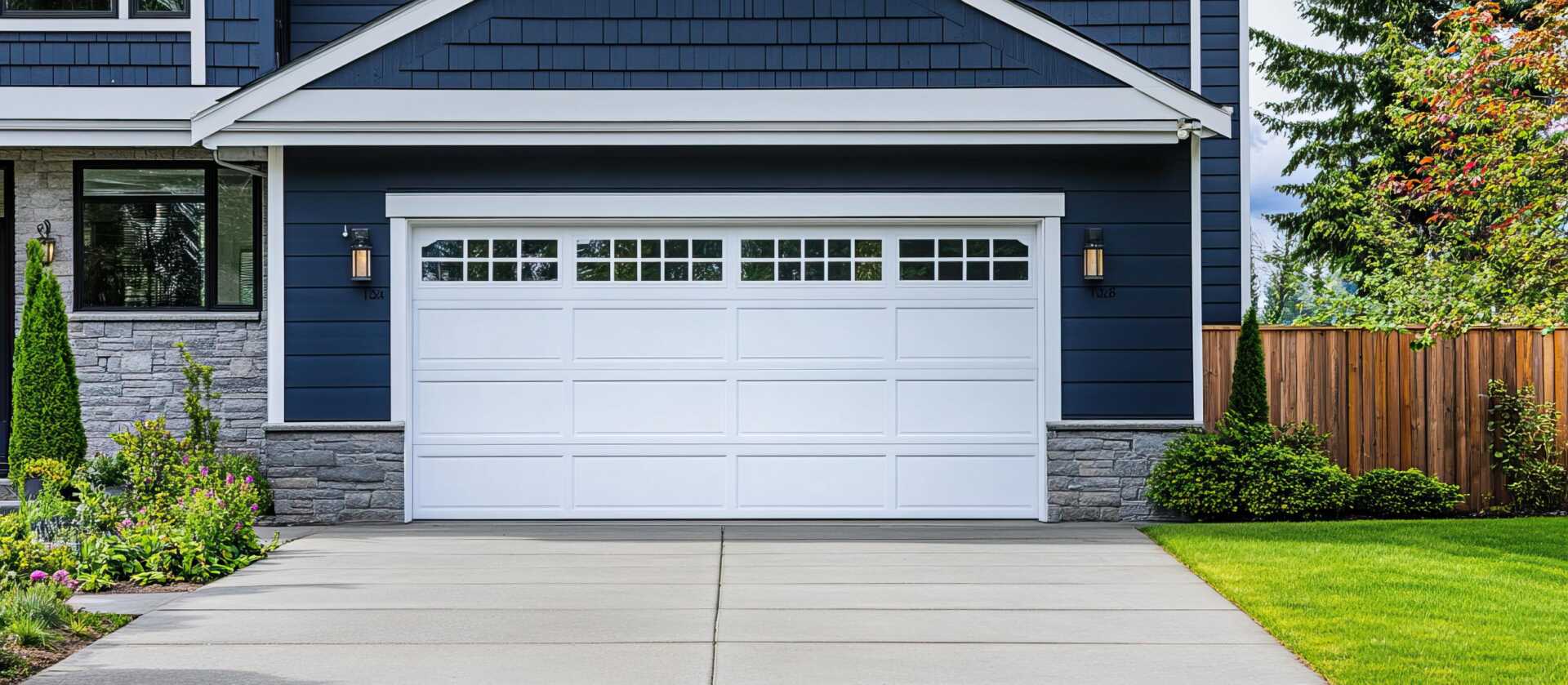
Contents
With a garage door installation, it’s vital to avoid common pitfalls that can jeopardize its performance and safety. Failing to measure accurately or ignoring safety precautions can lead to significant issues down the line. Skipping the leveling process or neglecting the testing of mechanisms can also result in malfunctions. Understanding these errors is important for a successful installation. So, what specific mistakes should you be vigilant about?
Key Takeaways
- Ensure accurate measurements by using reliable techniques and measuring multiple times to avoid discrepancies in the garage opening.
- Prioritize safety by wearing gloves, goggles, and steel-toed boots during installation to prevent injuries.
- Never skip the leveling process; properly align the door and tracks to ensure smooth operation and prevent future issues.
- Always test the door operation after installation to confirm functionality and safety features, including the auto-reverse mechanism.
- Use the correct tools and compatible materials to ensure successful installation and avoid structural failures or wear.
Failing to Measure Properly
When you’re installing a garage door, failing to measure properly can lead to significant issues down the line. Accurate measurements are essential to ensure a seamless fit and ideal functionality.
Start by using reliable measurement techniques, such as the 3-4-5 triangle method, which helps confirm right angles. Measure the width and height of the garage opening multiple times to eliminate discrepancies.
Follow the installation guidelines closely, as they typically specify tolerances for adjustments. Keep in mind that even minor deviations can result in misalignment or operational problems.
It’s also wise to take measurements from multiple points in the opening; walls may not be perfectly straight.
Ignoring Safety Precautions
Accurate measurements set the stage for a successful installation, but overlooking safety precautions can lead to serious accidents. Always prioritize your safety by wearing appropriate safety gear like gloves, goggles, and steel-toed boots. These items protect you from potential injuries during installation.
Moreover, establishing clear emergency procedures is essential. In case of an accident, everyone involved should know how to respond promptly. Here’s a quick reference table to help you remember key safety elements:
| Safety Gear | Purpose | Emergency Procedure |
|---|---|---|
| Gloves | Protects hands from cuts | Call emergency services immediately |
| Goggles | Shields eyes from debris | Administer first aid if trained |
| Steel-toed Boots | Prevents foot injuries | Evacuate area and assess injuries |
Skipping the Leveling Process
Neglecting the leveling process can lead to significant issues with your garage door’s functionality and longevity. When you skip this vital step, you risk improper door operation, which can result in wear and tear on components.
To ensure your door functions smoothly, always perform a level adjustment before installation.
Start by using a level tool to assess the ground and the door tracks, confirming everything aligns correctly. If the door isn’t level, adjust it accordingly to avoid future problems.
An alignment check is essential to prevent the door from binding or becoming misaligned over time.
Neglecting to Test the Door Operation
Testing the door operation after installation is essential for ensuring ideal performance. You must verify door functionality to avoid issues down the line.
Begin by engaging the door’s opening and closing mechanisms. Listen for any unusual sounds that might indicate misalignment or mechanical stress. Observe the door’s movement—does it glide smoothly, or does it hesitate at any point?
Next, check the auto-reverse feature, which is critical for safety. Place an object in the door’s path while it’s closing to confirm it reverses properly. This testing mechanism confirms the door’s functionality and protects your property and loved ones.
Finally, verify that all remote controls and wall buttons are working as intended. An all-encompassing test ensures that your installation meets safety standards and operates efficiently.
Don’t skip this essential step—it’s key to enjoying the full benefits of your new garage door.
Using Incorrect Tools and Materials
Using the right tools and materials is vital for a successful garage door installation. Poor tool selection can lead to mistakes that compromise the door’s functionality and safety.
Always choose tools specifically designed for garage door systems, like torque wrenches and levelers, to ensure proper fitting and alignment.
Additionally, material compatibility is significant. Using mismatched components can result in structural failures or premature wear.
For instance, if you install a wooden door with metal hardware, you might face issues with rust or corrosion.
Always verify the compatibility of your materials before starting the installation.
Summary
In the intricate dance of garage door installation, precision is your partner. Avoid the pitfalls of mismeasured dimensions, disregarded safety gear, and untested mechanisms, lest you find yourself in a performance fraught with failure. Just as a skilled artisan carefully selects their tools, ensure you use the right materials to create a seamless fit. By steering clear of these common errors, you’ll enhance functionality and secure your garage as a sanctuary of safety and reliability.
Recent Posts
Unlocking Hidden Issues in Garage Door Repairs
Regarding garage door repairs, overlooking hidden issues can lead to significant problems down the line.
Troubleshooting Garage Door Repair: A How-To Guide
You might not realize that regular garage door maintenance can prevent costly repairs down the
3 Tips for Troubleshooting Garage Door Repairs
When your garage door suddenly stops halfway down, it can be frustrating. Start by checking

